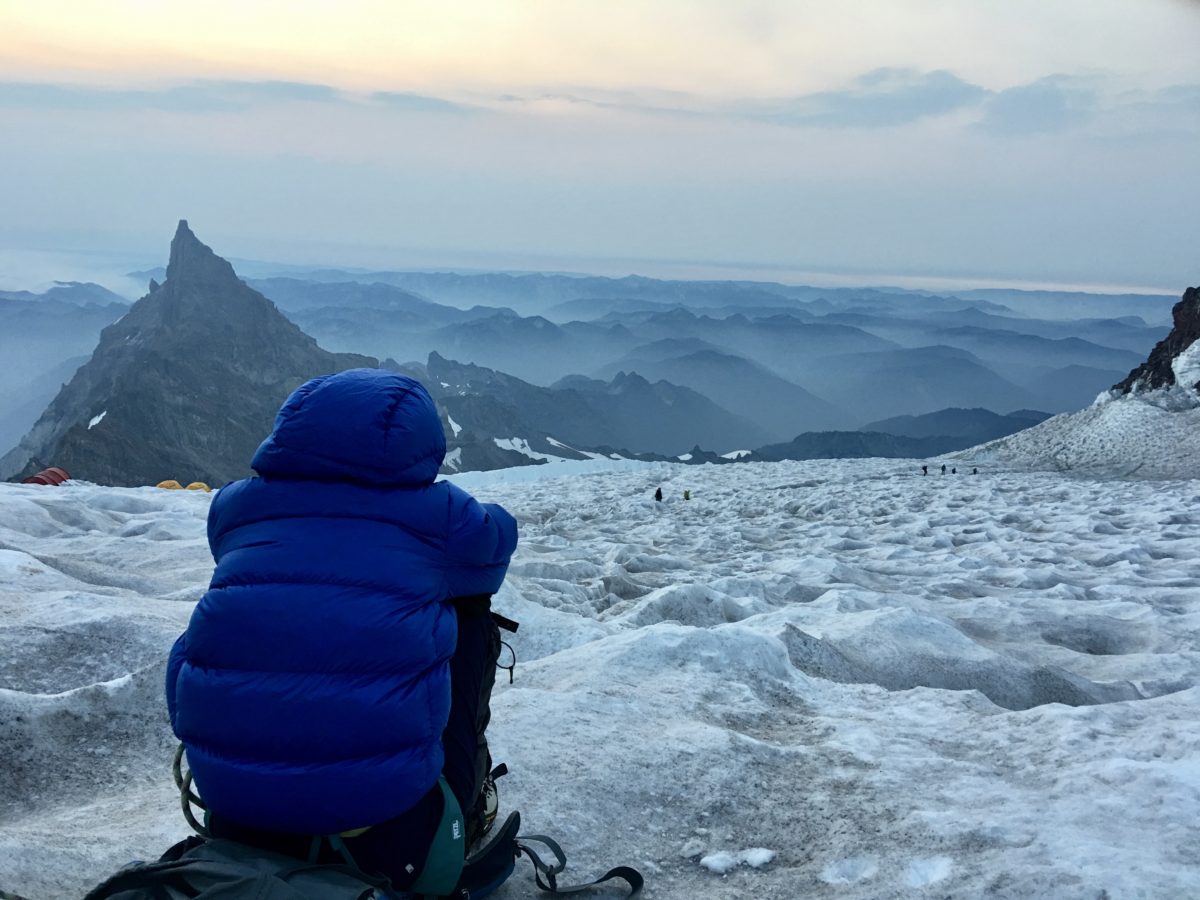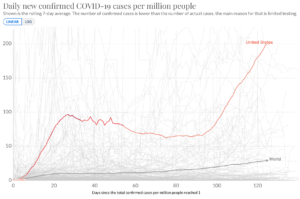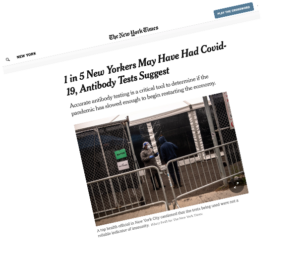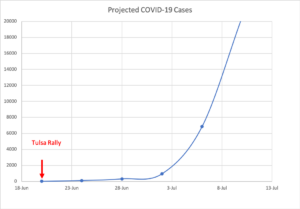I wanted to bring some closure to the pieces I wrote last week describing the spread of misinformation relating to the airborne spread of the SARS CoV2. Given the noise growing around this issue, particularly with the reports of Japanese research describing the potential for fine aerosols to spread, it seems particularly important. The simple fact the particles with the capacity to carry viral particles are produced when people talk or even breathe, a fact that has been known for over eighty years, does not mean that people are transmitting infections this way.
In my early post, I described a communication from a scientist who claimed that a UCSF colloquium had distributed information stating that the virus could be transmitted by someone “simply breathing”. This didn’t agree with information on their website, so I reached out for clarification and received the following response:
“In short, I don’t know of anything legitimately linked to UCSF that includes the “simply breathing” claim, and many of the other statements presented in these “takeaways” don’t match up with what our experts are saying.”
I was impressed by the responsiveness of UCSF on this issue. They were mortified that bad information was spreading with their name on it, probably faster because it had their name on it, and they had no way to reel it in.
This may seem like nitpicking, but accurate information is essential to the control of disease. In a preprint released today, a group of Chinese economists demonstrated an association between lower rates of Covid-19 and both the availability of accurate public health information and limitations on movement. This innovative study coupled data from internet search frequencies, cell phone GPS data tracking movement, and government data on public prevention strategies with epidemiological models of disease spread, and data on disease incidence throughout China. Policies limiting movement, self-imposed limitation of movement and higher rates of searches for information were all correlated with lower rates of disease.
This study is preliminary and not definitive, but it suggests that dissemination of accurate information plays a critical role in reducing incidence of this disease. It that’s the case, it seems that misinformation could have the opposite effect, particularly if it is used to discourage limitations on movement.
Georgia Governor, Brian Kemp, used misinformation as his excuse for not issuing a stay-at-home order before today. “What we’ve been telling people from directives from the CDC for weeks now that if you start feeling bad stay home, those individuals could have been infecting people before they ever felt bad. But we didn’t know that until the last 24 hours.” The excuse doesn’t hold water because the head of the CDC, which is located in Georgia, said in mid-February that asymptomatic spread was possible. If that’s not enough, Kemp could have asked any physician. They all should have learned about the potential for asymptomatic spread in medical school.
Misinformation has consequences, whether it causes unnecessary use of protective equipment that contributes to shortages at medical care facilities or causes a Governor to fail to act in a timely manner to protect the residents of his state. In the midst of a pandemic, the viral spread of misinformation can be as dangerous as the virus itself.




Bob, I’d like to know if speaking at close range, say, conversing with a store cashier is projecting virus. This would be at two feet, and I’m asking about speaking, not just breathing. As you probably know, in recent days supermarkets have been erecting plexiglas barriers between cashiers and customers. This is perhaps not done because transmission of virus is possible “speaking at two feet”, but out of an abundance of caution. It would be good to know if “speaking at close range” is different from “breathing at close range”. I wear a mask to the store anyway, but I’d like to know the answer to this question, if you know it.
Speaking results in the release of far more droplets than breathing, but orders of magnitude less than coughing or sneezing. (i discuss this in a post on masks.) The real risk is to the checkout clerks who spend 8 hours a day talking to people at close range.